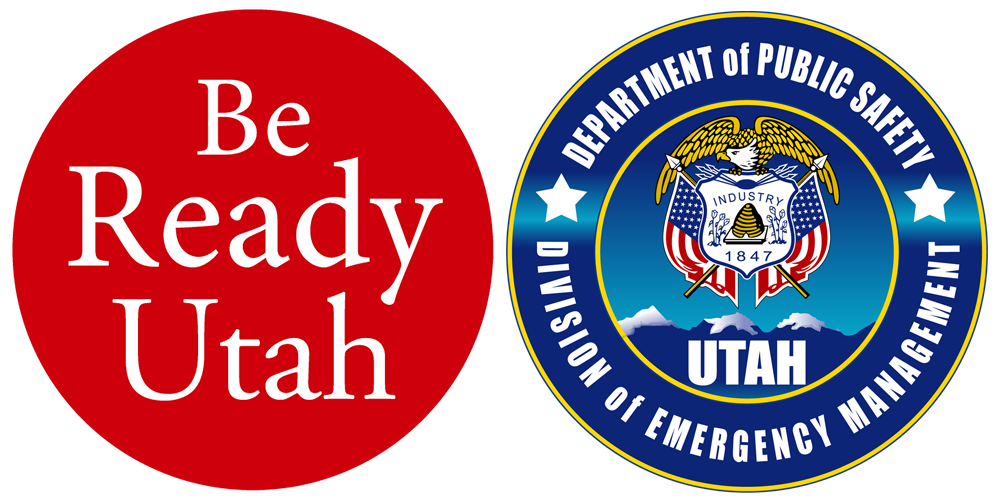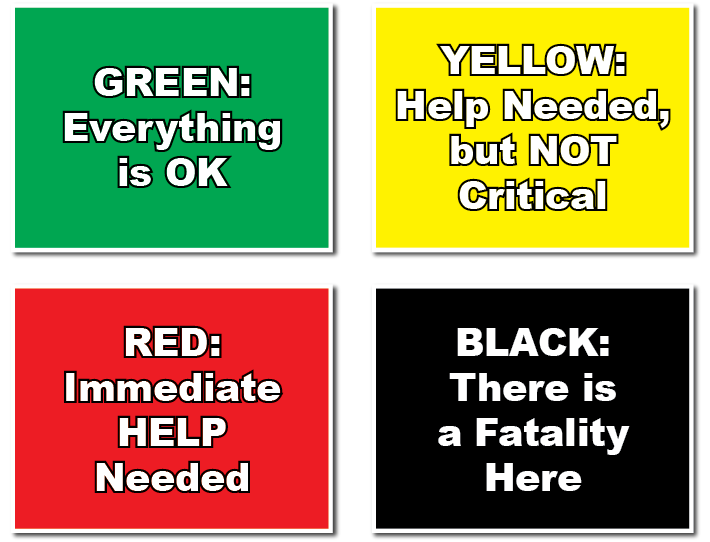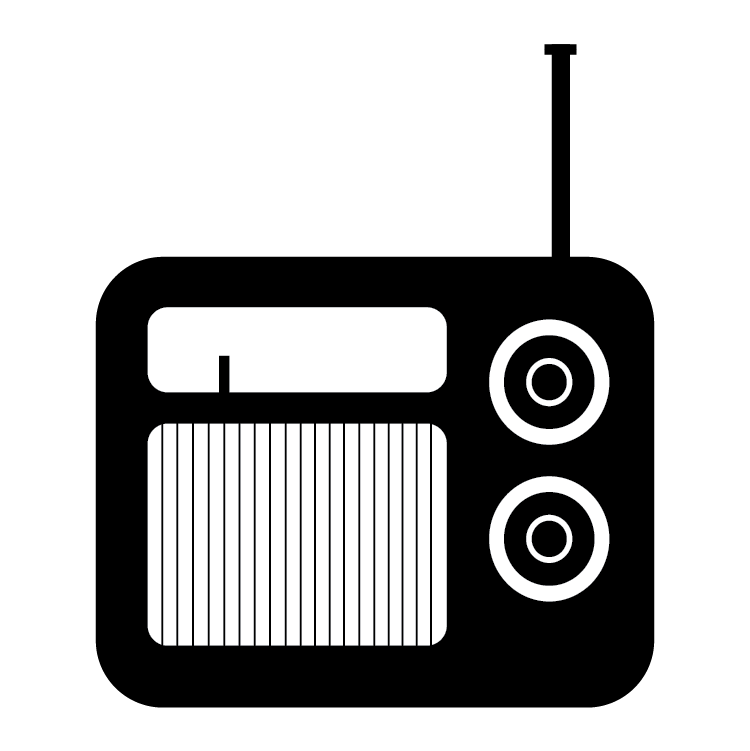
Communication
The Point
Accurate information allows you to make informed decisions. Communication is often the first thing lost in an emergency. Reliable and true information sources are essential during a disaster. Not all sources will be available depending on the emergency.
Knowing and having multiple ways of giving and receiving information will help you "Be Ready" to communicate and be reunited with family and friends.
Do This
- Establish an out-of-state contact for family members to call and report status and location in the event of an emergency.
- Establish an outside-the-home emergency meeting place.
- Establish an outside-the-neighborhood emergency meeting place.
- Gather and maintain emergency communications supplies.
- Learn the emergency communications plans for your city, schools, and places of employment.
- Learn various kinds of emergency signaling.
- BONUS: Get a HAM radio operators license.
Videos
- The Be Ready Buzz: Important Contact Information
- The Be Ready Buzz: Emergency Whistles
- The Be Ready Buzz: Emergency Community Communication
- PrepCast: Emergency Communication
- 20 to Ready: Make a Communication Plan
- FCC: Wireless Emergency Alerts
- FCC: Emergency Communications Tips
- Ready.gov: Don’t wait. Communicate.
Downloads
Links
- Disaster Supply Kit: Communication
- Emergency Signaling
- Ready.gov Emergency Alerts
- 911.gov: Need to Call or Text 911
- 911.gov: Using 911 Appropriately
- NWS: Salt Lake City
- NWS: Grand Junction
- NWS: NOAA All Hazards Weather Radio
- FEMA: Emergency Alert System
- FEMA: Wireless Emergency Alerts
- FCC: Emergency Communications Tips
Communication is all about giving and receiving information. Fear often comes from the unknown. Information is power. Accurate information gives us the ability to make informed and correct decisions for our own well-being. The more we know about the situation we are facing, the more confident we will be that we can overcome it.
Communications is often the first thing lost in emergency situations. A disaster can cause communication issues from lack of power from downed or broken power and phonelines or cell towers. Phonelines and radio frequencies can also be overwhelmed and clogged. Radio, television, and cable stations can also be down. If you are injured, you can also lose sight, hearing, or speech which are necessary for communication. Multiple backups to your communications plans and for your communications supplies are important. Do not rely on one source of information or a single form of communication in an emergency situation.

Teach Children How and When to Call 911
One of the easiest things you can do is to have emergency numbers posted by all landline phones in your home. Teach children how and when to call 911 and other emergency numbers. Only call when it is a life threatening situation, to report a fire, or to report a crime in progress. For everything else, use the non-emergency phone numbers. Remember that if you need to evacuate the building or area, get to safety first and then call 911 from a safe location.
When calling 911, the first and most important information to give is your location. That way, even if you get disconnected, at least they will know where to send help. Include address with street and city, directions with landmarks as needed, the closest doors or entrances, and the location within the building or on the property where the incident is occurring. When calling 911, DO NOT hang up. Wait for the dispatcher to get all of the information from you that is needed and allow them to disconnect. By the way, if you accidentally call 911, even if it's a pocket dial, don't hang-up. Wait for the dispatcher to answer and explain that you accidentally called. Otherwise, you may get a visit from law enforcement to make sure every thing is ok.
Other information to give to the dispatcher in an emergency:
- Name of caller
- What happened or the nature of the emergency
- If there are injuries, the number and condition of the injured
- Help given to the injured
Many people no longer have landline phones in their home. Make sure that all emergency contact numbers and essential non-emergency numbers are programed into your mobile phone. Teach your children how and when to use your mobile phone as well. Additionally, keep a written copy of your emergency numbers in your wallet, purse, vehicles, at work, and in emergency kits.
 What information do I need in an emergency?
What information do I need in an emergency?
In an emergency, you may be limited on how much time you have to gather information. Though it is best to collect as much information as you can, not all of this information is necessary before a decision how to act can be made. Use your best judgment how and when to proceed.
- Nature of the emergency: “What’s going on?”
- Severity: “How bad is it?”
- Areas affected: “Where is it happening?”
- Estimated duration: “How long will it last?”
- Evacuate or shelter-in-place: “Should I stay or go?”
- Additional instructions from authorities: “What else?”
- Status of family members: “How and where is everyone?”
- Status of neighbors: “We’re OK. How can I help others?”
Understand Emergency Alerts
WATCH: Be Prepared. Issued well in advance to alert the public of the possibility of a particular weather-related hazard (e.g., tornado watch, flash flood watch). Occurrence, location, and timing may still be uncertain.
ADVISORY: Be Aware. Issued for weather that causes significant inconveniences and if caution is not exercised, could lead to life-threatening situations. Significant events are occurring, imminent, or have a very high probability of occurrence.
WARNING: Take Immediate Action! Issued when a weather or flood hazard is imminent or already occurring (e.g., tornado warning, flash flood warning). Conditions are posing a threat to life or property.
Emergency Information Sources
There are many different sources from which we can receive information in an emergency, each has their own strengths and weakness. What information sources are available to you? Think about power sources, time to set-up, what knowledge you need to be able to use it, availability, and possible congestion in an emergency situation.
When gathering information, cross reference your different sources. Are some more reliable or accurate than others? Some internet and social media sources may not always be correct. Also, the first reports from radio and television media are not always complete. Do the best you can in making your decisions on how to act in the situation you are in with the information you have.
Emergency Alert System (EAS): These are emergency alerts that are sent out nationally, by the state, or even by local authorities. You most likely have seen test messages come across your television or have heard them on your radio. This is a reliable source of emergency information, and if you hear or see an alert, you should follow the directions given immediately. Though the Federal Communications Commission (FCC) requires all radio, television, and cable stations to participate, KSL radio 1160 AM is designated as the primary emergency communication partner for the Utah region. EAS is also used for Amber Alerts. Remember that even if the power is out and you can't find the battery backups to your home radio, you always have a working radio that gets EAS information in your car. If all else fails, go out to your car radio for emergency information.
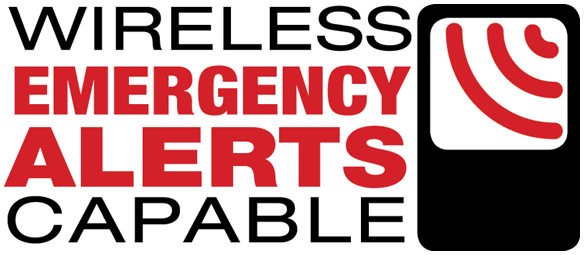 Wireless Emergency Alerts (WEA): Emergency alerts sent to mobile phones in a specific geographical area. WEA is also used for Amber Alerts. You do not need to sign-up to get WEA on your phone. Some local jurisdictions may have separate community alert apps that you will need to sign-up for. Check with your local emergency management office for more information.
Wireless Emergency Alerts (WEA): Emergency alerts sent to mobile phones in a specific geographical area. WEA is also used for Amber Alerts. You do not need to sign-up to get WEA on your phone. Some local jurisdictions may have separate community alert apps that you will need to sign-up for. Check with your local emergency management office for more information.
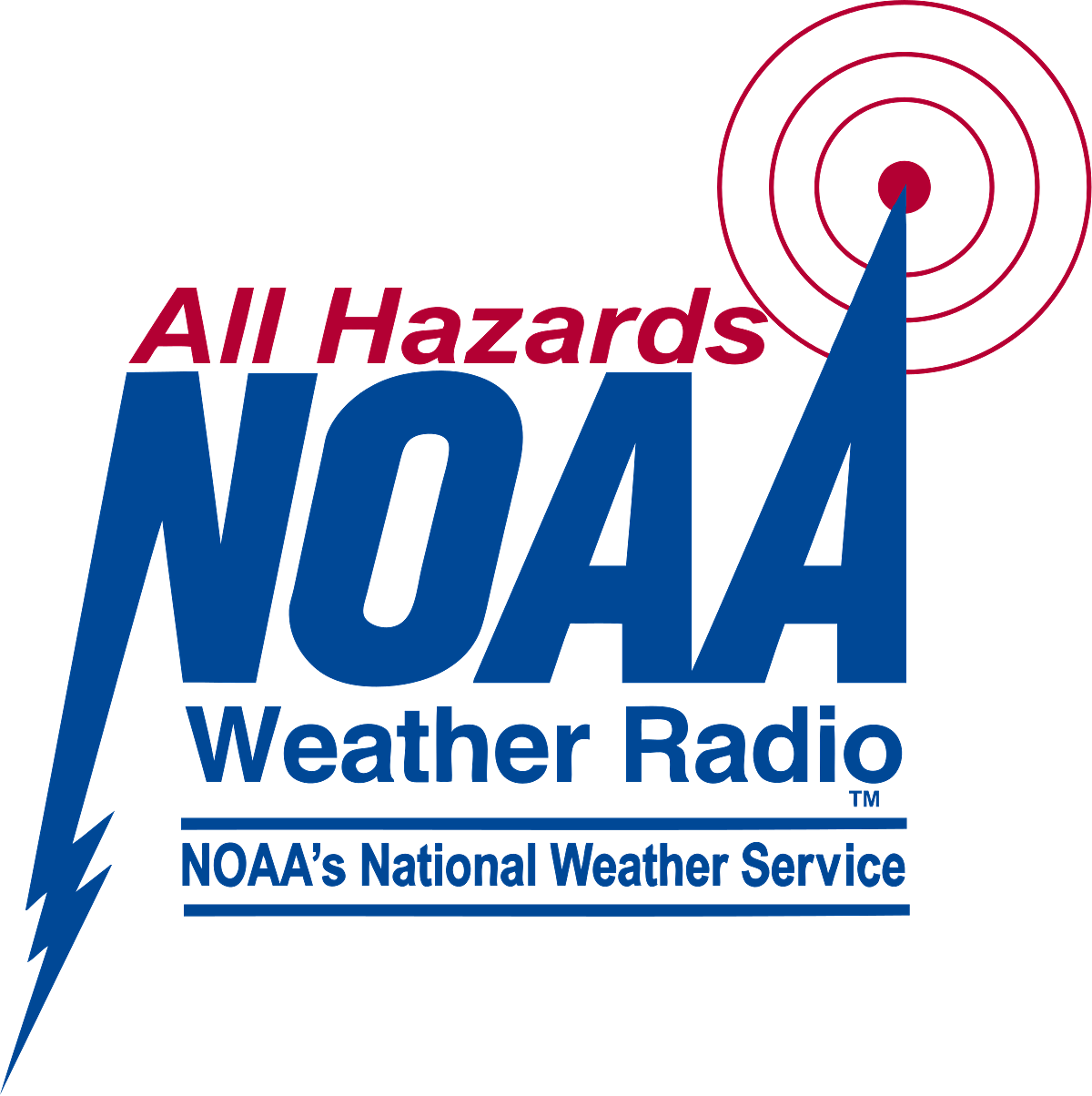
NOAA weather radio and tone alert radio: Receives notifications for weather hazards and other non-weather alerts.
"NOAA Weather Radio All Hazards (NWR) is a nationwide network of radio stations broadcasting continuous weather information directly from the nearest National Weather Service office. NWR broadcasts official Weather Service warnings, watches, forecasts and other hazard information 24 hours a day, 7 days a week." - National Weather Service NOAA Weather Radio webpage
Many emergency radios can receive the NOAA weather frequencies. Some emergency radios have an alert setting that when activated will automatically turn the radio on so you can listen to the alert. Check with your local emergency preparedness or outdoor retailer to see what radio is right for you.
Social media: Follow state, county, city, law enforcement, fire rescue, and other emergency response and management authorities in your area on Facebook, Twitter, and other social media to know about incidents and non-emergency information in the local area. Follow #hashtags for specific information on specific incidents, but know your sources -- there is a lot of misinformation, wrong information, and BAD information on social media. 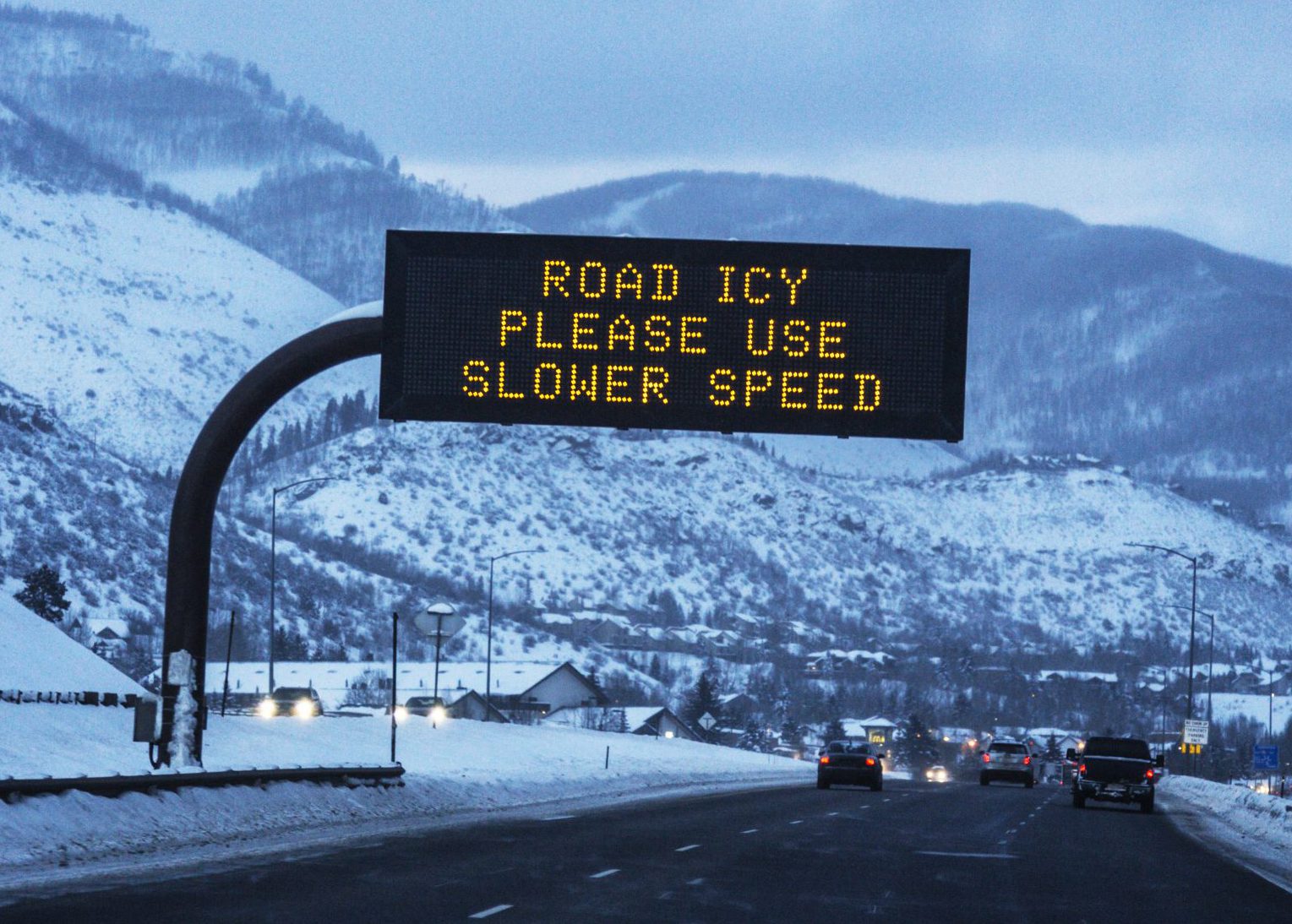
Highway message boards: Watch for alerts and messages about safety, road hazards, and alternate routes. They are also used for Amber Alerts.
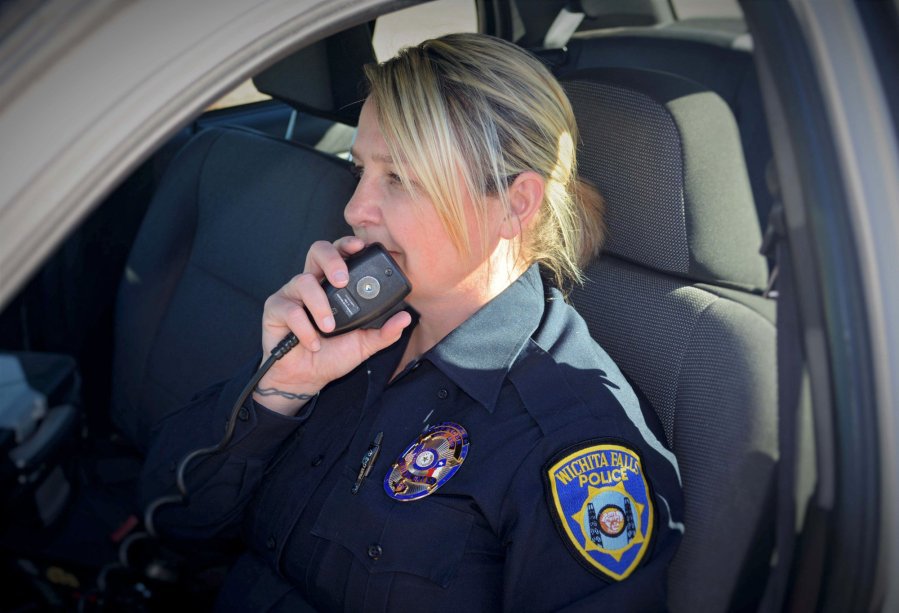 Route alerting: Response personnel go to neighborhoods and give emergency information via loud-speaker or door-to-door. This is used in small areas when there is limited time like evacuation for flood or wildfire.
Route alerting: Response personnel go to neighborhoods and give emergency information via loud-speaker or door-to-door. This is used in small areas when there is limited time like evacuation for flood or wildfire.
Know the emergency communications plans for your city, schools, and places of employment.
Family Communication
Emergency Contact Information: During an emergency situation, you may need to contact family members, friends, school, work, your doctor, and even your insurance provider. Many of us have stopped memorizing phone numbers because of the contact list on our mobile phones. But what if you don't have your phone with you or it's not working? It is important to have a written or printed copy of all of your emergency contact numbers in your wallet, purse, vehicles, school bags, desk or locker at work, and in all emergency kits. Download and print copies of the Be Ready Utah Emergency Contact Information cards and fill them out. Don't forget to email them to family and friends. It only takes a few minutes to fill them out and put them where they are needed. This small step in emergency preparedness can save your life.
Organize your family communication plan. Figure out who is going to do what, when, where, and how. Have a “table top” scenario discussion where you all talk about different emergency situations and how you would react as a family. Discuss topics like:
- Evacuation versus shelter-at-home
- Day versus night emergencies
- Weekday versus weekend emergencies
- Family emergency versus large-scale emergency
- Where do your family members spend their time? Learn work, school and day care emergency plans. Gather all contact information for each area and include it with your emergency contact numbers. Include emergency contact information, locations, phone numbers, addresses, e-mails, and schedules.
If you can’t pick –up your child, have a predetermined code word that you can give to a trusted individual at the time of pick-up. Teach your child the importance of keeping the word a secret. Change it yearly or more if used often.
 Out-of-State Emergency Contact: It is often easier to call long distance after an emergency or disaster because local phone-lines and cell towers are usually overwhelmed. Establish and practice using an out-of-state emergency contact. If not at home when the incident happens, all members of the household call the out-of-state contact and report his or her status and location. This allows the head of the house to call the out-of-state contact and get an accounting of all household members.
Out-of-State Emergency Contact: It is often easier to call long distance after an emergency or disaster because local phone-lines and cell towers are usually overwhelmed. Establish and practice using an out-of-state emergency contact. If not at home when the incident happens, all members of the household call the out-of-state contact and report his or her status and location. This allows the head of the house to call the out-of-state contact and get an accounting of all household members.
- Get permission from your contact beforehand and let them know what their role is.
- Make sure everyone knows who the contact is and when they need to be called.
- Volunteer to be your contact’s emergency out-of-state contact.
- Often times text messages or emails can get through when a phone connection cannot.
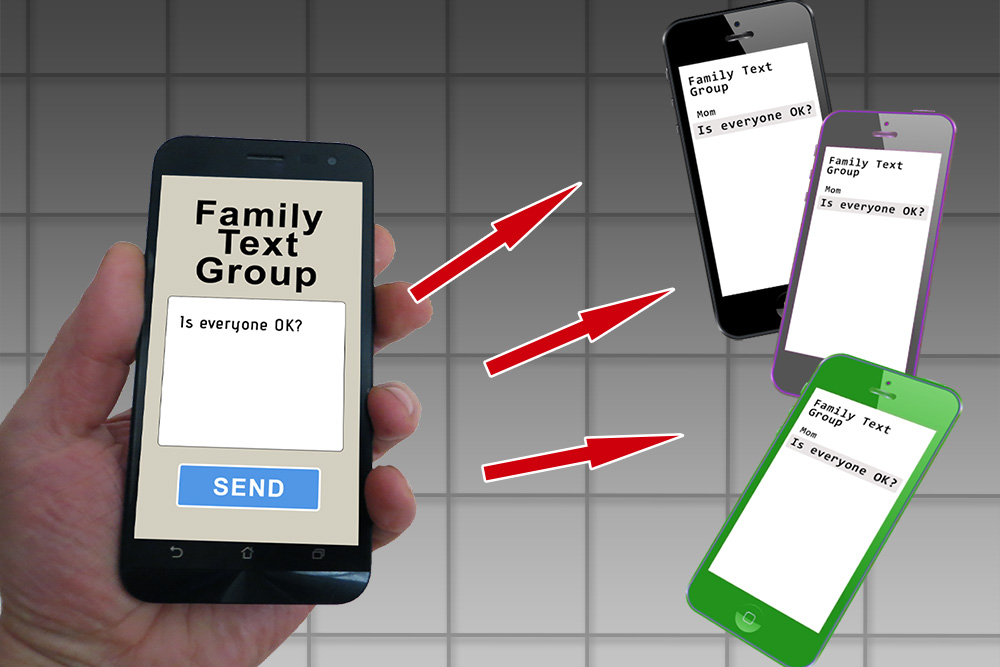
Family Text Group
Family Email and Chat Groups: Sometimes it is important to contact everyone quickly, even if the emergency is just affecting your family. Have text groups, email groups, or a group chat app with family and other important people already organized in your phone. This way, you only have to type a message once. Test it regularly and update it as family member's contact information changes. Remember that text messages or emails can get through when a phone connection cannot.
Family Emergency Meeting Places: An important part of the family communication plan is knowing what to do if an emergency happens when family members are not at home. Have two or more predetermined emergency meeting places where your family can reunite if going home is not an option.
Outside Home Emergency Meeting Place: Choose some place that is a safe distance from your home in case of fire, but still within sight of your home. Choose a specific spot — not the park across the street, but a particular park bench, tree, or other permanent landmark. Not the house at the corner, but the south corner of their driveway. Teach young children to stay there until a parent or another trusted adult arrives. Depending on age and ability of the children, you may want to have the meeting place on the same side of the street as your home to avoid having children crossing the street during the chaos of a house fire or other emergency with quickly arriving first responders.
Outside Neighborhood Emergency Meeting Place: It needs to be far enough away to be out of the immediate neighborhood, but close enough that it can be walked to if necessary. Probably around two or three miles. Again, choose a specific location. Aunt Judy’s house or the north side of the church on Main Street.
Neighborhood Communication
Neighborhood Plans: Talk to your local emergency manager and find out if your neighborhood has an emergency communication plan. In a large scale incident, officials will need to prioritize response operations in an effort to make response more efficient and provide resources where they’re needed the most. Many municipalities recognize the Home Emergency Status Program when conducting neighborhood assessments.
This program allows emergency responders or block captains to drive the length of a street and determine at a glance the extent of the disaster’s impact and which homes need help the most. Residents keep paper cards or flags in four colors: green, yellow, red, and black near a front window that is clearly visible from the street. Following an emergency, residents should assess their situation then place the corresponding colored card in the window or flag on the door knob of their home or business.
- GREEN indicates everything is okay at that location.
- RED red means immediate help is needed.
- YELLOW means help is required, but not critical
- BLACK is used if there is a death.
Green should not be used with any other color. Red and yellow should not be used together, but either one could be used with black. See the Be Ready Utah Home Status Program brochure for more information.
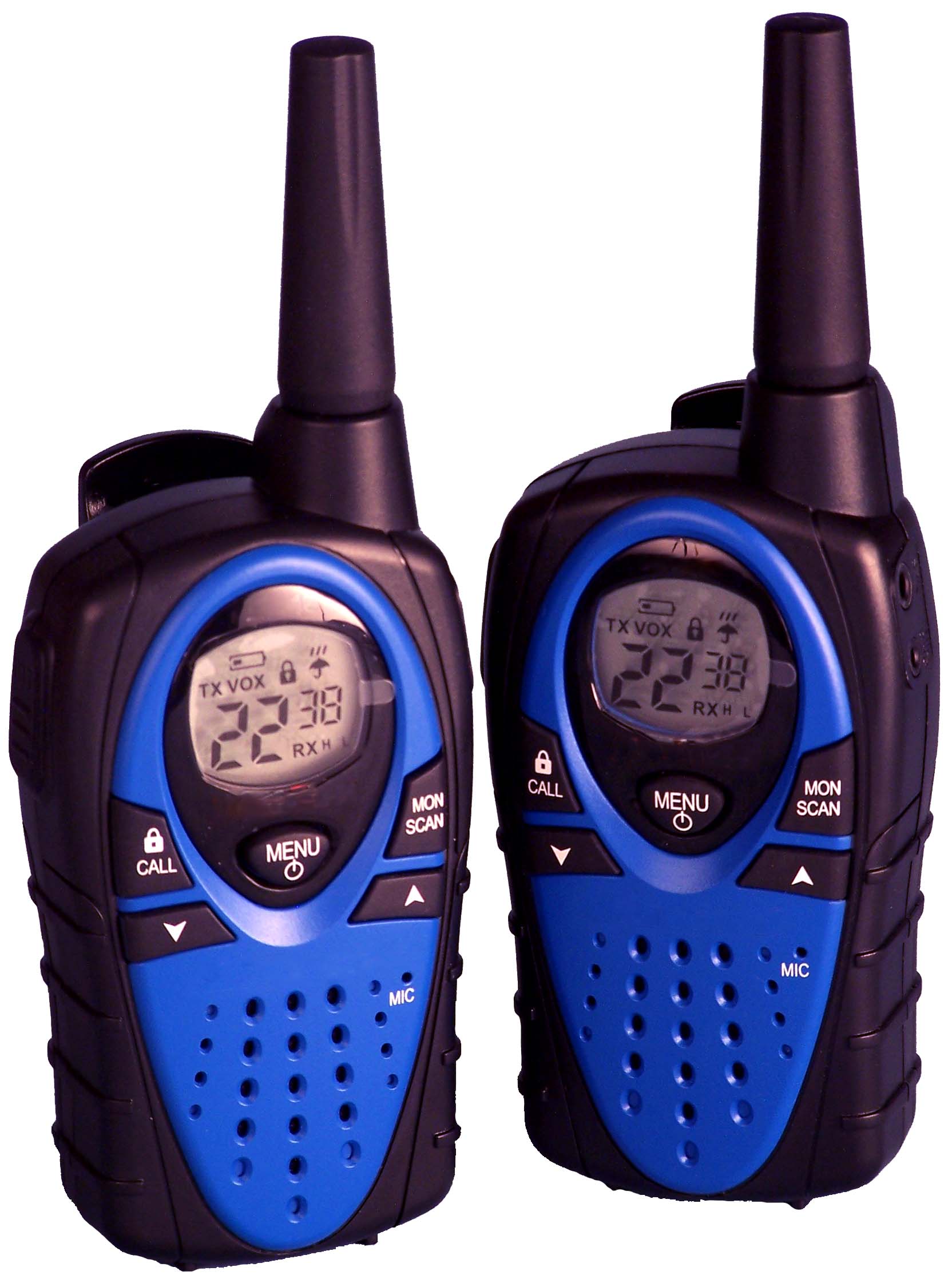 Two-Way Radios: FRS (Family Radio Service) and GMRS (General Mobile Radio Service) radios are a popular form of communicating when recreating and on the job. Many models claim to have extended ranges beyond 25 miles or more. Realize that this range is line-of-sight. In mountainous or city landscapes with a lot of obstructions, these ranges can be reduced to one mile or less. You cannot depend on them to reach from one end of your neighborhood to the other. If you want to use radios in your neighborhood communications plans, you may want to consider you and some neighbors getting HAM radio licenses. It is more reliable and transmits further than FRS/GMRS and can be a fun hobby as well. Already a HAM? Learn about RACES and how yo can use your skills to help in an emergency in your area.
Two-Way Radios: FRS (Family Radio Service) and GMRS (General Mobile Radio Service) radios are a popular form of communicating when recreating and on the job. Many models claim to have extended ranges beyond 25 miles or more. Realize that this range is line-of-sight. In mountainous or city landscapes with a lot of obstructions, these ranges can be reduced to one mile or less. You cannot depend on them to reach from one end of your neighborhood to the other. If you want to use radios in your neighborhood communications plans, you may want to consider you and some neighbors getting HAM radio licenses. It is more reliable and transmits further than FRS/GMRS and can be a fun hobby as well. Already a HAM? Learn about RACES and how yo can use your skills to help in an emergency in your area.
Whatever emergency communication equipment you have, it won't do you any good if it's not in working order. Keep a supply of the right kind of batteries stored in a cool, dark, and dry area in your house. DO NOT store them in your devices. Lack of use causes batteries to corrode overtime, and they will destroy your equipment. Don't store them in the fridge. That does not prolong shelf -life. Since batteries have a shelf life, they need to be rotated, just like any other perishable emergency supplies. Check the label for suggested rotation times. Two-way radios, NOAA weather radios, and your standard AM/FM receivers all need regular maintenance. Know how they work, and test them often. Devices that have rechargeable batteries will not work if left without charging for long periods of time. Make sure they are charged a minimum of every three to four months. Check with the manufacturers for specifics on your devices.
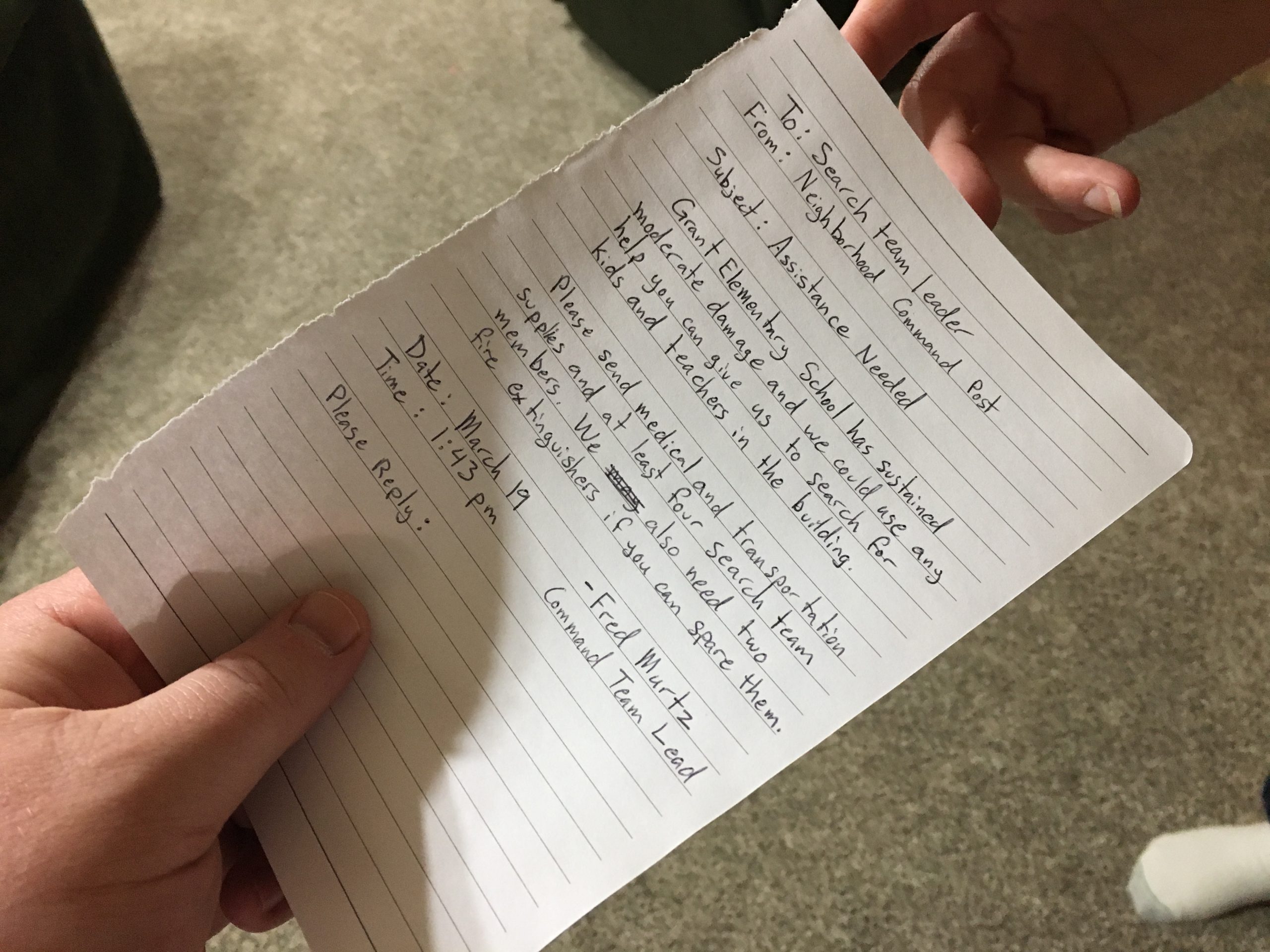 Runners and Notes: In some circumstances, the only option left for communication may be hand-written notes that are delivered by hand. The most reliable and easiest to use form of communication after a disaster is within family and neighborhood groups. Get to know and trust your neighbors now. coordinate with youth groups in your neighborhood to be the messengers on foot or on bike to quickly deliver messages as needed. Everyone needs to take responsibility to be “eyes and ears” in their communities, watching out for each other, especially those with access and functional needs. If not already in place, develop a “block captain” or other neighborhood disaster assessment and response plan for your neighborhood. Talk to your local emergency manager for ideas or to see what is already in place.
Runners and Notes: In some circumstances, the only option left for communication may be hand-written notes that are delivered by hand. The most reliable and easiest to use form of communication after a disaster is within family and neighborhood groups. Get to know and trust your neighbors now. coordinate with youth groups in your neighborhood to be the messengers on foot or on bike to quickly deliver messages as needed. Everyone needs to take responsibility to be “eyes and ears” in their communities, watching out for each other, especially those with access and functional needs. If not already in place, develop a “block captain” or other neighborhood disaster assessment and response plan for your neighborhood. Talk to your local emergency manager for ideas or to see what is already in place.
Disaster Supply Kit: Communication
Click Here

Emergency Signaling
Click Here

